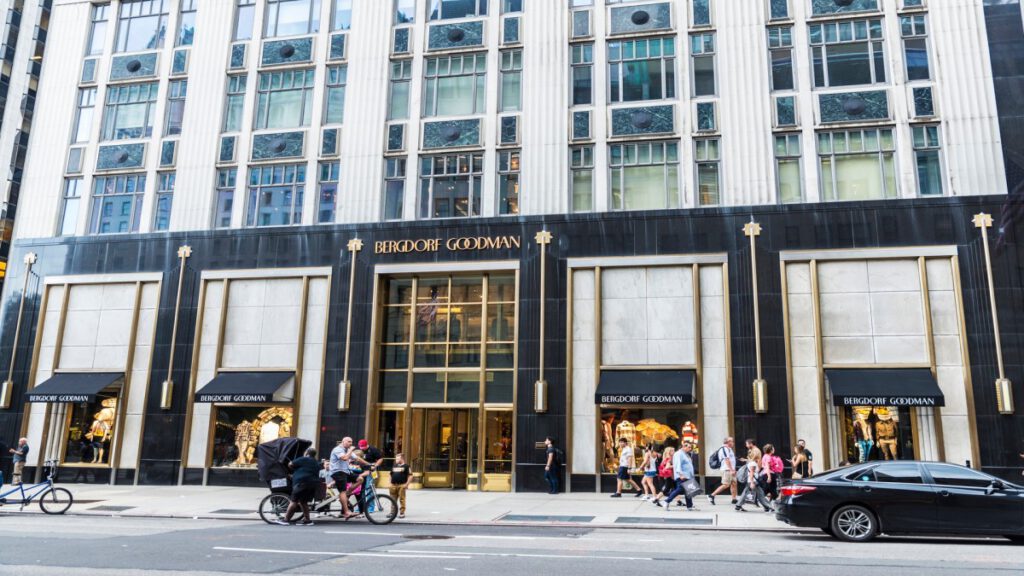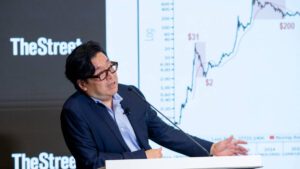What was once meant to be a bold move to build the next luxury retail powerhouse is now shaping up to be a costly setback. Less than a year after finalizing its high-profile acquisition, this major retail chain is scrambling to offload part of its newly expanded empire.
In December 2024, Saks Global finalized the purchase of Neiman Marcus Group for $2.7 billion, just months after spinning off into its own company. The deal added Neiman Marcus and Bergdorf Goodman to its portfolio, which already included Saks Fifth Avenue and Saks Off 5th.
However, Saks is now exploring the sale of a 49% stake in Bergdorf Goodman for $1 billion, as reported by The Wall Street Journal.
At least four bidders, including Middle Eastern sovereign wealth funds and other investors, are reportedly interested. If successful, the deal could close as early as 2026.
The proposed transaction would include a minority stake in Bergdorf Goodman but exclude its properties, which are still under the ownership of the founding Goodman family.
“While Bergdorf Goodman is core to our strategy, this process is intended to unlock value for our stakeholders and de-lever our business,” said Saks Global Executive Chairman Richard Baker in the report.
Founded in 1899, Bergdorf Goodman is a high-end department store with two locations in New York City. It carries luxury brands for men and women, including Chanel, Dior, Prada, and more.
Image Source: Shutterstock
Saks gets hit by the luxury slump
The luxury retail sector has been battling an ongoing slump caused by weaker consumer spending, rising costs, and new tariffs. These challenges, paired with heavy debt from the Neiman Marcus acquisition, have only added to Saks’ mounting pressures.
In the first quarter of 2025, Saks’ revenue dropped nearly 16% year over year, while its net loss increased by 38%.
More on retail and bankruptcy:
- Walmart store closing, auctioning off laptops and flat screen TVs
- Home Depot CEO soundWalmart store closing, auctioning off laptops and flat screen TVs – TheStreets the alarm on a growing problem
- Famous restaurant files for Chapter 11 bankruptcy
According to McKinsey & Company’s State of Fashion 2025 Report, the luxury segment is expected to generate less value than the previous year, marking the first decline since 2016, excluding the pandemic year 2020. Global growth is also predicted to be slower, reaching between 1% and 3% annually through 2027.
Saks under fire for overdue vendor payments
Even before the Neiman Marcus acquisition, Saks faced criticism over delayed vendor payments. CEO Marc Metrick reassured suppliers that the merger would strengthen the company’s finances and allow it to settle outstanding debts since the combined portfolio was estimated to be worth $7 billion.
In February, Saks promised to repay overdue balances in 12 installments beginning in July, aiming to rebuild relationships with its suppliers and stabilize inventory.
Related: Saks Chapter 11 bankruptcy fears rise as bills go unpaid
However, it was revealed that several vendors, including Sunday Riley Skincare, claimed the company had failed to pay long-overdue invoices despite the promised deadline having already passed.
By June, Saks secured $600 million in financing commitments from existing bondholders, allowing for a settlement in August.
“Our bolstered liquidity position, combined with our improved inventory flow and the work we have done to strategically integrate our businesses, positions us to continue executing on our strategy to advance the luxury shopping experience for our customers,” said Metrick in a press release.
Related: Iconic retail name makes unexpected brick-and-mortar comeback




